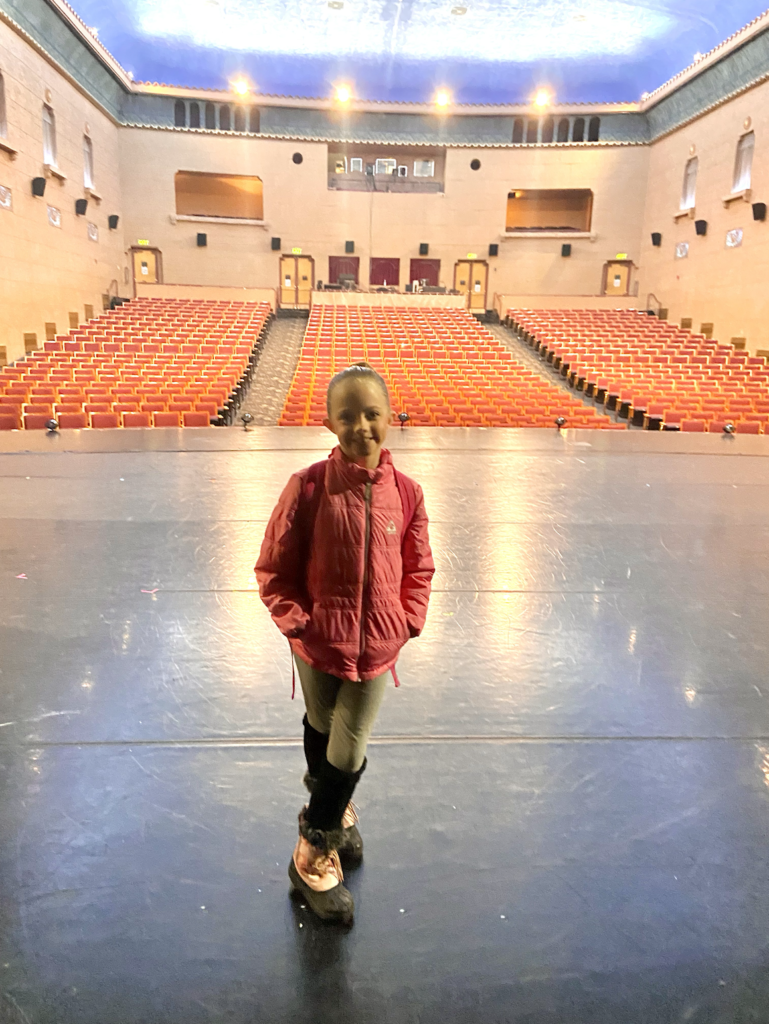
Piano Teaching Q&A: Teaching Eighth Notes

I recently got this question from a good friend:
I have an adult beginner student who is having some difficulty with reading eighth notes and dotted quarters. If it’s a song she already knows, like hymns, of course she can play it, but if I give her an unfamiliar piece with those rhythms she has no idea.
She already got through Alfred for adults level 1 with her other teacher, but she is very frustrated because she can play those songs by memory but not because she can read the notes. I’ve been doing a lot of sight reading with her (very basic), which helps, but counting songs with eighth notes is frustrating. I’ve tried using colored papers of different shapes as a visual demonstration: squares for quarters, rectangles half as long for eighths, etc. Part of the problem is that she says math was always her worst subject…My counting method is one-and-two-and-three-and-four-and, but if you have a better method I’d love to know.
What ideas do you have for teaching how to count rhythms with eighth notes and dotted quarters so that she can sight read them?
I think this is a fabulous question! I have had the same problem with students, particularly when they are transfer students, and it can be tricky to figure out what to do. Here are a few quick suggestions (and I hope to hear lots of input in the comments section as well!)
Feeling the Beat
In a situation such as this, it may be wise to go back to the basics…as in, the very basics. I have sometimes been amazed to discover that a student who is struggling with rhythm and counting has an underlying problem understanding and feeling the beat. So while math can be a big huge part of counting, rhythm is also quite related to physical movement.
I also wonder if you could help teach this visually by using a highlighter or colored pencil to draw vertical lines through the notes, highlighting each main beat in the measure? That way the student can see exactly how the main, steady beat (which they are now PRO at feeling) fits underneath the rhythm of the measure.
Hear – See – Do
I grabbed my copy of Practical Piano Pedagogy off of the shelf to see if Dr. Martha Baker-Jordan had any tips on this subject. Just a couple of brief ideas – she mentions the “Hear – See – Do” idea. In order to learn a concept, students should hear it (so you could play and count the rhythms aloud for them), see it (see how the rhythm fits within the steady beats – maybe by highlighting the main beats), and do it (play it and count aloud by themselves).
Dotted Quarters & Eighths
Baker-Jordan likes to count aloud on a dotted quarter-eighth rhythm and she says the count on the dot VERY loud. So if the rhythm is dotted quarter, eighth, dotted quarter, she would count: “one-and-TWO-and-three-and-FOUR-and.” This helps the student hold out the dotted quarter for its e n t i r e length (since it is often shortchanged) and I imagine it would really help the student to feel the beat well.
Count Out LOUD!
I have to also add the counting loudly with CONFIDENCE is an excellent idea! Too many people count very quietly and timidly, and it is very easy to fudge on the steady beat if you are talking very, very softly. Speak up and say the counting as steady and as confidently as possible!
I hope this helps anyone who may be experiencing this speed bump in your student’s progress. I would love to hear YOUR excellent ideas as well!
Don’t forget to enter our giveaway!



 Previous Post
Previous Post Next Post
Next Post



















Don't forget that numbers don't work for everyone! Even with my adult students, sometimes "dog" for quarter notes and "puppy" for two eighths just works better.
Sometimes a student who is allergic to numbers understands kitchen math quite well: A cup, a quarter cup, etc.
I use the Gordon rhythm solfege method of counting for my beginners. A quarter note is "du" and eighth notes are "du-day". I also highly agree with the first point. Rhythm is a physical skill, not a mental skill. Have them march to the music and count out loud. It takes awhile, but small steps win the day! I love this website: http://www.philtulga.com/counter.html
It lets you put in a rhythm and then it will count it in a bunch of different rhythm solfege or numbers.
For kids, I use "walk" for quarter notes and "running" for eighth notes. We physically walk across the room, saying "walk" for each step. Then we go twice as fast, saying "run-ning". I then tell them to do the "run-ning" while I do the "walk", and vice versa. That really helps them get the feel for 8th notes, and how they relate to quarter notes, before they've even seen them (or heard what they're called)!
Thanks for all the great comments!
Angie – what a cute idea. Some students do better with words instead of numbers, that's true! There's also always "bug" "beetle" "caterpillar" or "pie" "apple" "huckleberry."
Megan – love it!
Jentry – what a neat website! Although the voice is a little creepy haha. I like the "du-day" method! Thanks for sharing!
haha. I like the "du-day" method! Thanks for sharing!
Krysta – how creative – I love how you combined the words with the physical movement. Very smart!
Thanks everyone for your great ideas, and thanks Jenny Bay for the post! I have a lesson tomorrow to try some of these ideas out, so hopefully things will start clicking
I hope it helps!